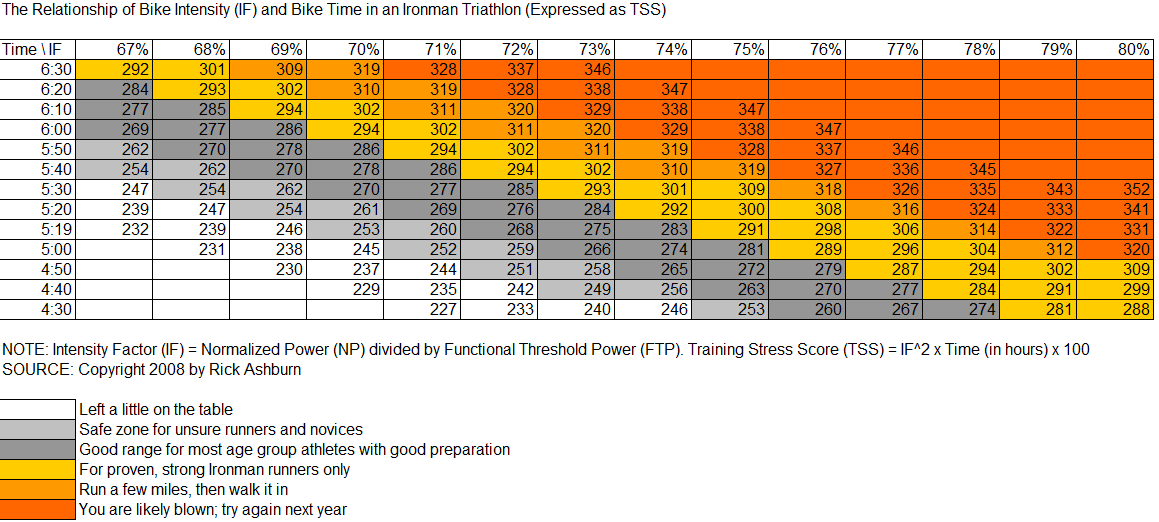

Then you can input that into our tool or calculate by hand by using the formula above. if the pace is 6 minutes per mile, to convert to miles per hour, divide 60 (minutes) by 5, to get 10, meaning the speed was 10 mph. If the pace is known, but not the speed, you can convert from one to the other.

If one is looking to calculate your workout duration, they need to know the pace or the speed, and the distance covered. The resulting distance will be in the distance unit used for the speed measurement: miles, kilometers, meters, yards, feet, etc. Then use that as an input for a pace calculator or the formula above. if the pace is 5 minutes per mile, to convert to miles per hour, simply divide 60 (minutes) by 5, to get 12, meaning the speed was 12 mph. If you know the pace, but not the speed, you need to convert from one to the other. If you are looking to calculate your running distance, or for that matter, hiking distance, or trekking distance, or biking distance, or swimming distance, you need to know your pace or your speed, and the time which it took to cover it (rests excluded). You can contrast the above formula with the average speed formula, which is Speed = Distance / Time - as you can see the terms on the right side are reversed. If you supply seconds and meters, you get seconds per meter. If you supply kilometers instead, you get minutes per km. For example, if you supply time in minutes and distance in miles, you get pace calculated in minutes per mile. Fill in the form and calculate how many calories you burn with Cycling 10 mph or use our Calorie Calculator for other activities.

The result depends on the units used for time and distance. Someone weighing 180 lbs burns approximately 532 kilocalories per hour with Cycling 10 mph. The calculator does not differentiate between different modes of movement in which you could have covered the distance. Running pace (jogging pace) is calculated the same way as walking pace, hiking pace, biking pace, trekking pace, climbing pace, swimming pace, and so on. Other than average pace, the calculator also outputs average speed, and it can calculate your time given distance and speed, as well as distance given speed and time. When you are calculating pace manually or using an online pace calculator, it is actually the average pace that you get as a result, since your pace changes more or less every second, depending on your current speed. For example, your pace can be 10 minutes per mile, or 10 minutes per kilometer, or 20 seconds per 100 meters, so pace describes how long it takes you to cover a given distance unit. Pace is the rate of movement, or more precisely: the rate of covering a given distance.


 0 kommentar(er)
0 kommentar(er)
